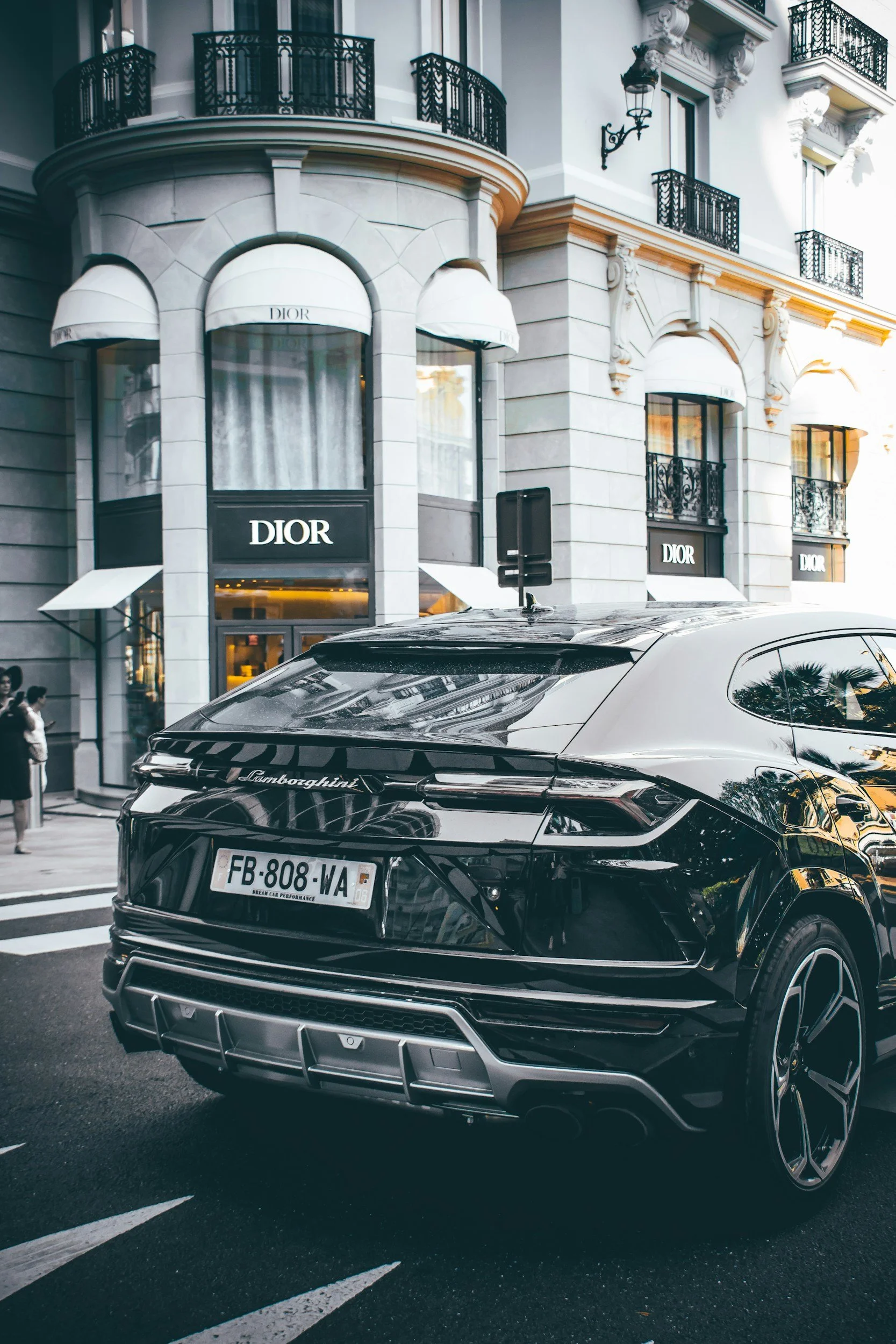Luxury Marketing Trends: Navigating the Future of Elegance in 2025–2026
As we approach the close of 2025 and look toward 2026, the luxury sector finds itself at a pivotal juncture. While the industry faces macroeconomic challenges, it also stands on the cusp of transformative shifts driven by evolving consumer expectations and technological advancements. Here's a curated overview of the key marketing trends poised to shape the luxury landscape in the coming months.
1. Re-Commerce: The Rise of Circular Luxury
The second-hand luxury market is experiencing significant growth. Platforms like Vestiaire Collective and The RealReal have set the stage, and now, brands are embracing this trend. For instance, Coach's (Re)Loved Exchange program allows customers to trade in old bags for store credit, aligning with sustainability goals. Similarly, Rolex's Certified Pre-Owned initiative guarantees authenticity and quality, offering a two-year warranty on pre-owned timepieces.
2. Sustainability and Transparency: Ethical Luxury Takes Center Stage
Consumers are increasingly prioritising sustainability and ethical practices in their purchasing decisions. Brands like Monica Vinader are leading the way by offering full transparency in their production processes, allowing customers to trace the journey of their products. This shift reflects a broader movement towards responsible consumption in the luxury market.
3. Generative AI: Personalisation at Scale
Artificial Intelligence is revolutionising luxury marketing by enabling hyper-personalised experiences. Louis Vuitton, for example, utilises AI to predict fashion trends, offer tailored shopping experiences and optimise manufacturing processes for sustainability. Such innovations are setting new standards for customer engagement in the luxury sector.
4. Experiential Virtual Retail: Blending Digital and Physical Realms
The line between online and offline shopping continues to blur. Luxury brands are creating immersive digital experiences that mirror the exclusivity of their physical stores. This trend is not just about selling products but about offering a holistic brand experience that resonates with consumers on a deeper level.
5. Quiet Luxury: Subtlety Over Logos
The "quiet luxury" movement emphasises understated elegance over conspicuous branding. Influencers like Sofia Richie Grainge are championing this trend with collections that feature clean lines and neutral tones, appealing to consumers who value sophistication without overt displays of wealth.
6. Experiential Marketing: Beyond the Product
Luxury consumers are increasingly seeking experiences that align with their personal identities and values. Brands are responding by offering curated experiences that go beyond the product, creating emotional connections with their audiences.
7. Data Privacy and First-Party Data: Building Trust in a Digital Age
As data privacy concerns grow, luxury brands are focusing on collecting first-party data to build trust and loyalty among consumers. By implementing privacy-friendly data strategies, brands can cultivate deeper relationships with their customers while ensuring compliance with regulations.
Conclusion
The luxury market in 2025–2026 is characterised by a blend of tradition and innovation. Brands that embrace sustainability, leverage technology for personalisation and create meaningful experiences will be well-positioned to thrive in this evolving landscape. As consumer expectations continue to shift, staying attuned to these trends will be crucial for maintaining relevance and fostering long-term loyalty.

